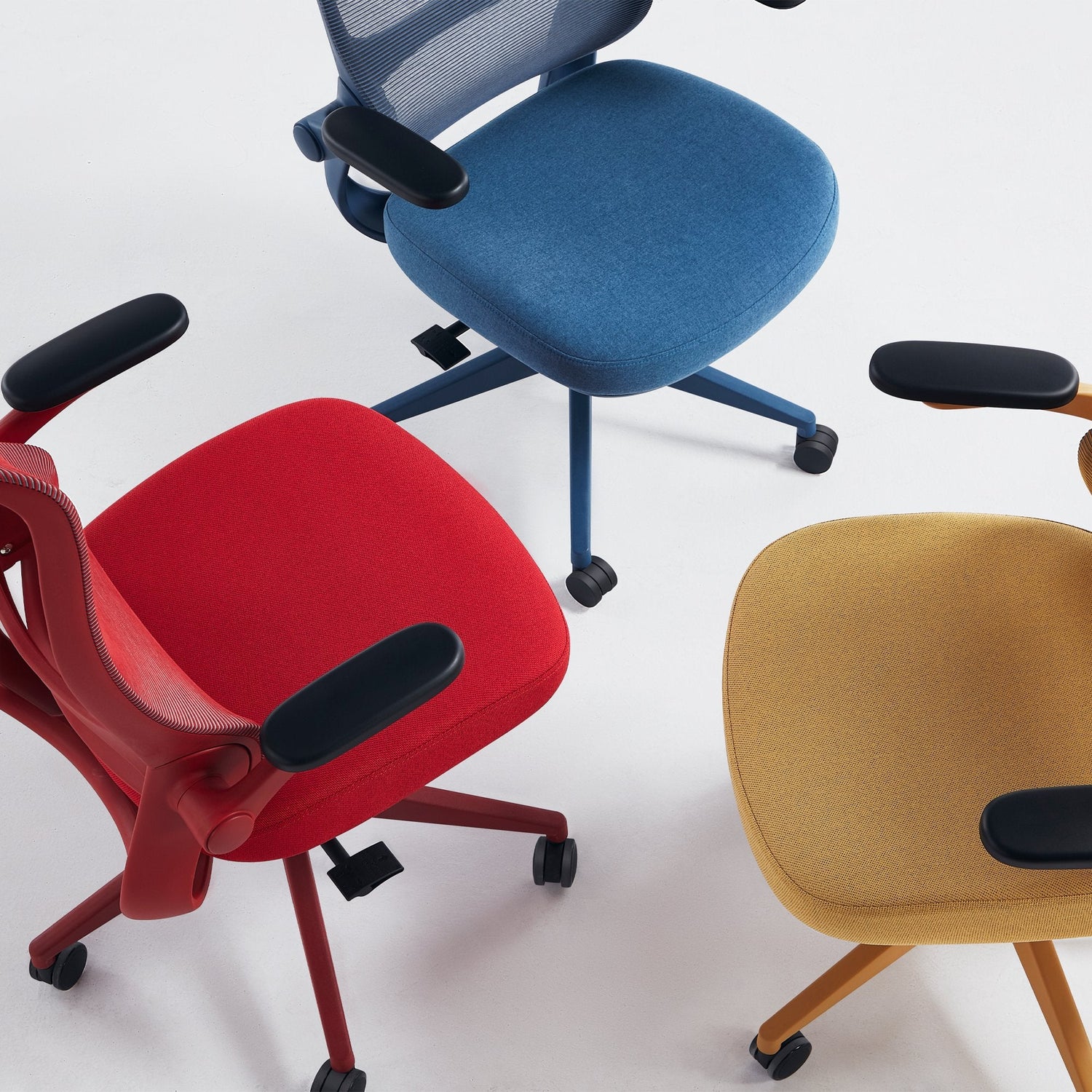Votre panier est vide
Continuer les achatsVous possédez un compte ?
Connectez-vous pour payer plus vite.

All Products
Explore the full range of Sunaofe's ergonomic office furniture, crafted to enhance...
Vous possédez un compte ?
Connectez-vous pour payer plus vite.

Explore the full range of Sunaofe's ergonomic office furniture, crafted to enhance...
30-Day Money Back + Seel Insured
Eco & Ergo! Exclusive Design
Save 10% Now! Code: Sunaofe25
Contemporary offices require both mobile and ergonomic furniture. A swivel base is one of the innovations that address these requirements, allowing it to rotate 360 degrees without difficulty and alleviating the strain associated with repetitive reaching or twisting. Understanding the design purpose of swivel bases is what enables us to appreciate their usefulness and contribution to productivity and overall well-being.
The primary goal of a swivel base is to break the rigidity of traditional furniture. Office activities often require the use of files, consulting with colleagues, or relocating computers and other equipment. However, human activity is rarely perfectly linear when using conventional chairs, which are immobile. The swivel base with wheels is designed to address these problems. It allows people to access various sections of a workspace without having to stand up and stretch repeatedly, thereby enhancing comfort and efficiency.
Key Benefits of Swivel Bases
Instead of twisting the spine or straining neck and shoulder muscles to look in a different direction, the user simply swivels the entire chair. This promotes better posture and reduces the risk of musculoskeletal injuries.
Swivel mechanisms encourage subtle micro-movements, enabling users to adjust their position without needing to get up.
A user can easily access multiple points of a desk, workbench, or surrounding area without constantly standing up and repositioning a heavy chair. This creates a more fluid and efficient workflow.
In a social setting, people can effortlessly turn to face whoever is speaking, fostering a more inclusive and engaging environment.
Office chairs are not the only ones that are designed with a swivel base. Other furniture, like barstools, lounge chairs, and TV stands, is also available.
Wheels and swivel bases are a powerful combination in design that profoundly enhances accessibility and reduces physical strain by fundamentally changing how people interact with objects and the environment. The user initiates a small, low-effort action (such as a push with the feet or hands) that the mechanism amplifies into a significant change in position or orientation. In this section, Sunaofe will provide a detailed breakdown of how they achieve this, both individually and in a synergistic manner.
1. Wheels convert the high friction of dragging into the low friction of rolling.
2. Swivel bases eliminate the need for torsional (twisting) strain on the spine.
3. Swivel bases can be used in conjunction with rolling casters to create a dynamic seating arrangement.
This access is invaluable to individuals who work in bigger offices or creative areas. It encourages fluid motion, a natural movement, and maintains a constant energy level throughout the day.
Although swivel bases are important, they work well together with the supportive innovation of an ergonomic chair. An ergonomic chair is well-designed to help ensure comfort and proper posture during long periods of sitting. Key features include:
A chair that has all these attributes and a swivel base will be ergonomically perfect. It will enable the user to sit in a comfortable position for extended periods without compromising their posture or mobility.
Office furnishings design has a direct effect on health, productivity, and overall job satisfaction. An example of this connection is the swivel bases, which provide flexibility, reduce strain, and facilitate easy movement within a workspace. Once incorporated in an ergonomic chair, they would establish an atmosphere of working long hours without any discomfort.
Be the first to know about new collections and exclusive offers.
